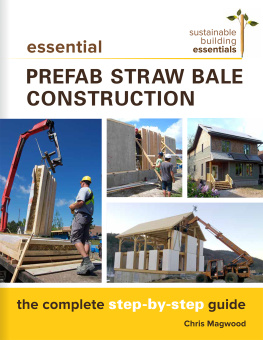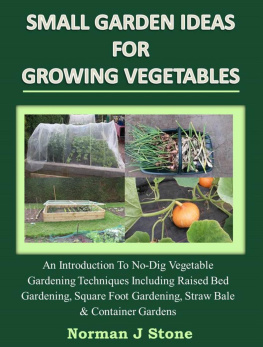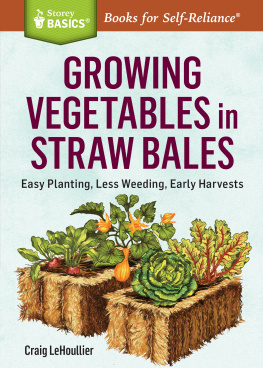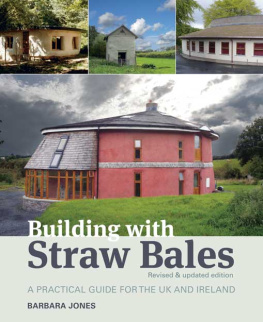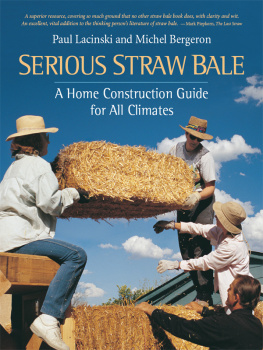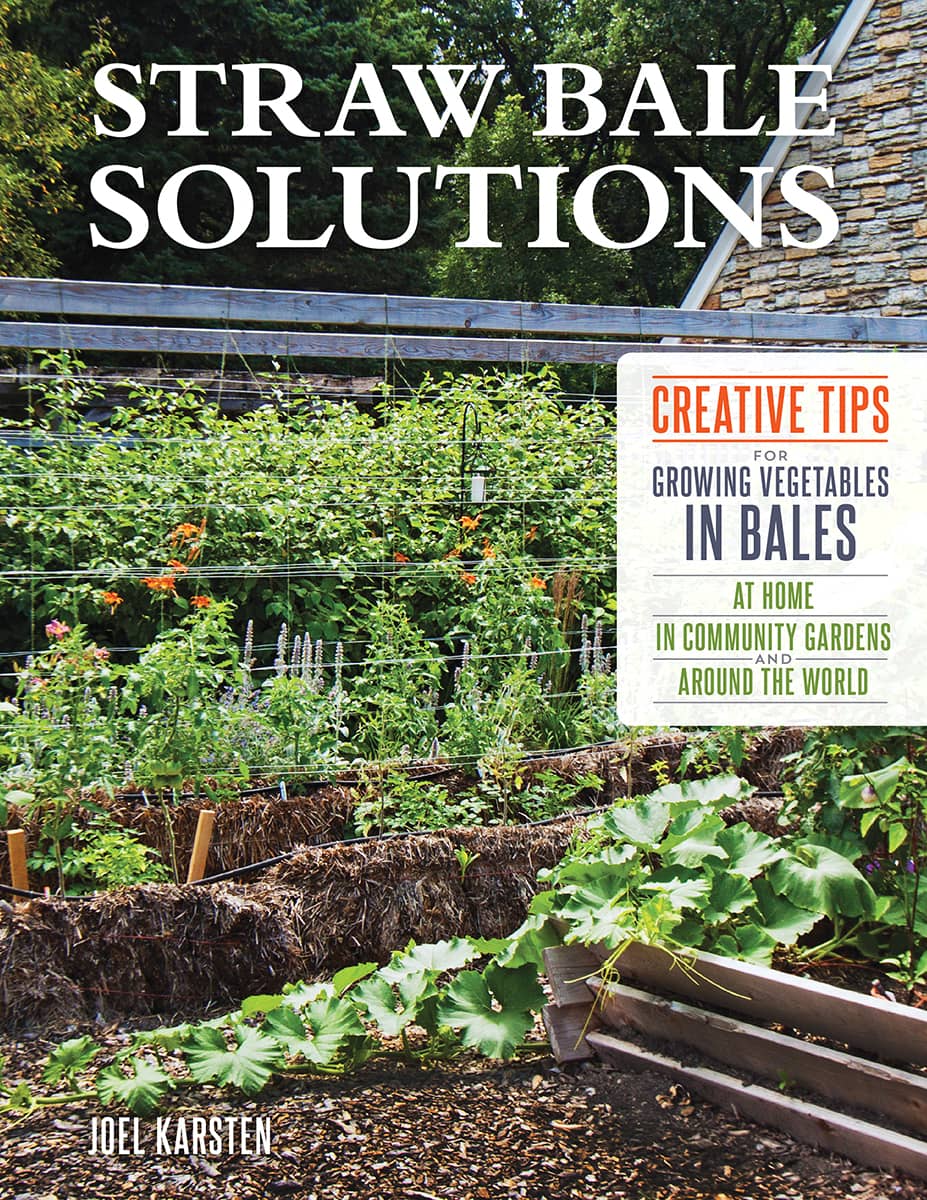Finding creative solutions to challenges is key to any gardening effort, but it is especially true with a relatively new method like Straw Bale Gardening. The contraption seen here is something I dreamed up to press planting bales from compost, helping to solve the problem of scarcity of straw. It works, but I did have the advantage of a fully stocked building center just down the street. When I see the truly resourceful solutions SBGers all over the worldmany of them in extremely remote and disadvantaged conditionshave lit upon, I find it inspiring, and humbling too. I have learned so much from these amazing folks.
The Straw Bale Gardens story begins with a baling wagon on a small Minnesota farm many years ago.
As a kid, riding on a baling rack was something we did for much of each summer. I baled straw and hay for my dad and for many neighbors as well. It was common to end up with a busted bale that would get tossed out of the way against the barn. After a few months, or maybe by the following spring, those bales would often sprout and grow a rogue thistle or ragweed. It never failed that the biggest, tallest, greenest, and healthiest weeds on the farm were those that grew out of those decomposing bales. It would later be my job to toss those rotting old bales into the manure spreader, and I would notice up close how well things grew, as well as how wet and crumbly the bales were after they had lain by the barn for a year. It was this experience, tucked away somewhere in my head, that was the impetus of the bale-gardening idea 10 years later.
Why not use a few bales of decomposing straw to grow vegetables? If they were such good hosts for thistles and other weeds, shouldnt they grow peppers and tomatoes just as well? We had used straw to cover potatoes and to mulch many of our plants in our gardens on the farm, and the plants grew well surrounded by straw. If it didnt work, what was I out? Id only be wasting few bales of straw I could get for little or nothing from the farm anyway.
I chased down a few of my old professors at the Saint Paul campus of the University of Minnesota and asked them if they thought I could successfully grow vegetables in bales of straw. They werent very encouraging. They suggested I break the bales open and mix them into a compost for a season and then use the compost as a growing medium, but they didnt think the vegetables would get enough moisture or nutrients nor stay upright when the first stiff wind came along. I asked if they had ever tried growing anything in a rotting bale, and they all shrugged and said, Let us know how it goes. I was referred to another horticulture professor at Texas A&M, who referred me to a professor at the University of Georgia, and he suggested I call up to Penn State. Then the professor at Penn State said the University of Minnesota would probably be a great resource.
Having learned nothing from academia, I called my dad. I explained that I wanted to try to grow a few peppers and tomatoes in some decomposing straw bales, like the bales that used to lie by the barn and sprout with weeds. I told him I had spoken to a few of my old professors and that none were very positive about the concept, and I asked what he thought. He said, Well, Im certainly not a professorIm just an old farmerbut what are you out if it doesnt work? Youre only out a few old bales of straw.
He was right, but the embarrassment of trying to grow a garden in a new neighborhood and failing in full public view was a bit of a risk to my ego. My dad suggested I come to the farm the next weekend, and he would help me set up a garden with a few bales to try it. This began the grand experiment more than 20 years ago, and it didnt take long to realize how well it worked. The second season, I had bales tucked in my backyard, and I recruited a few others to try it over the next 10 years. Neighbors, friends, and a few other strangers showed some interest back then, but the concept of Straw Bale Gardening really didnt spread much until around 2007, when a local TV reporter showed some interest. The NBC reporter came to my house and shot video for a short human-interest story, and as he walked out the door, he suggested, Joel, you know you should write a book about this method of gardening youve developed. He was the first to ever plant that seed in my head, and it sprouted quickly. I first had to convince myself this really was something that people were interested in knowing about. Then I had to attempt to write a book.
Straw bales have basically zero nutritive value. So, why would plants grow in them? This was a key question.
I had already created a three-page handout detailing the method I was using to prepare the bales. This black-and-white handout had a few suggestions about how to plant and what to grow, and it likely had a few spelling and grammatical errors as well. I decided to start with that handout, add a few pictures of my earliest gardens, and have my wife fix it up a bit so everything was spelled correctly and made sense. We designed a simple cover and formatted the whole thing into a 60-page booklet. It could easily be copied and have the pages folded, and it was bound with staples down the middle.



